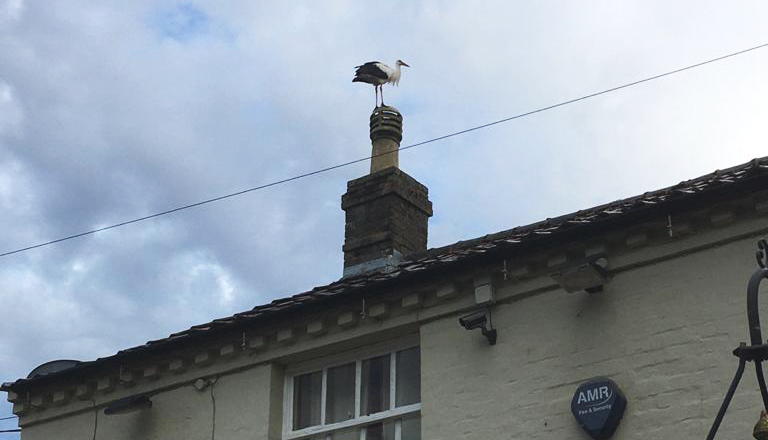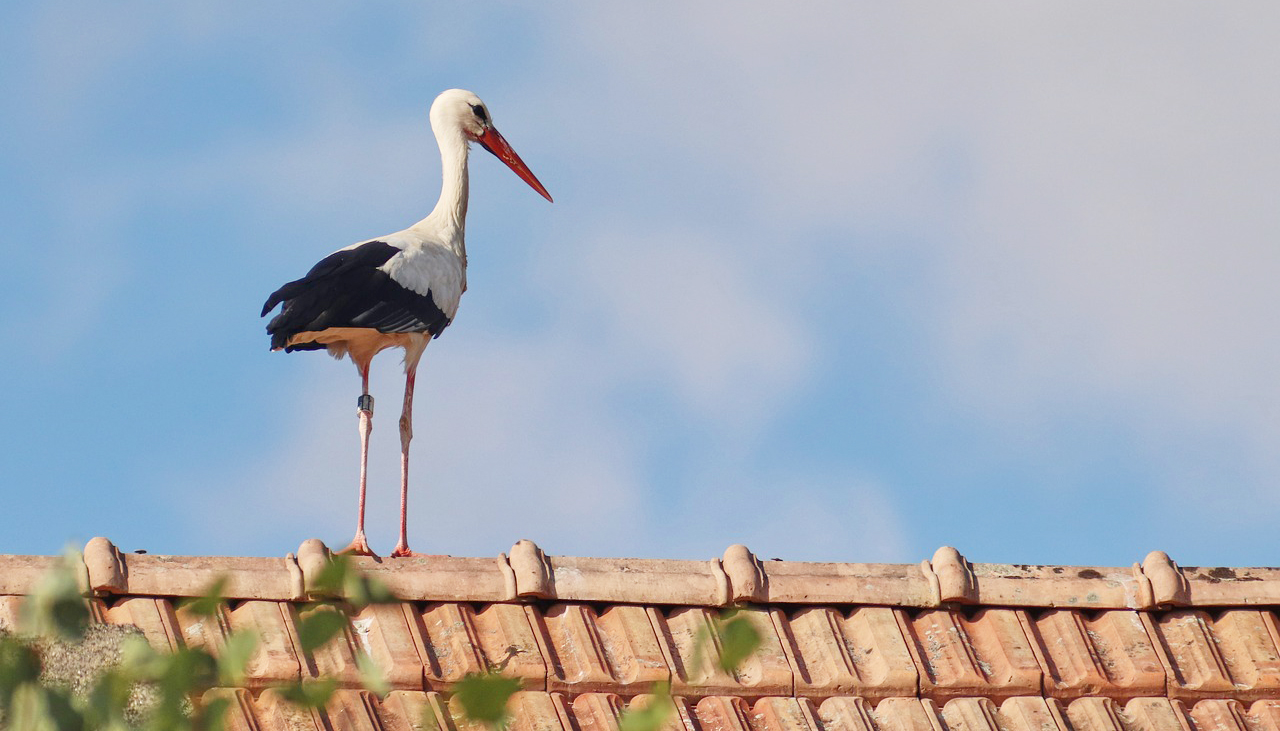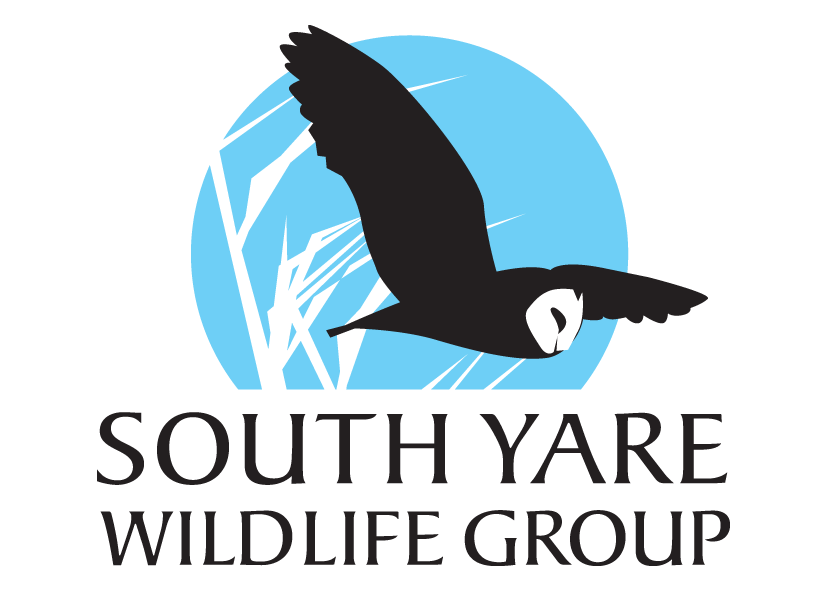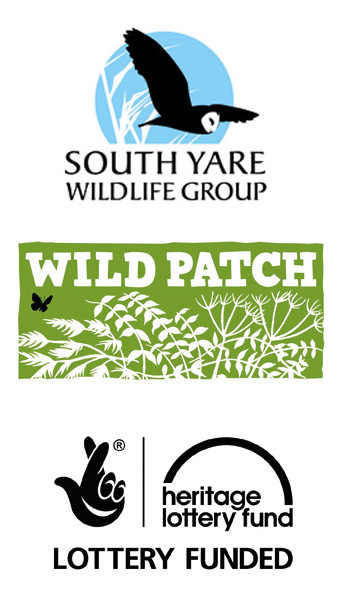
We thought you might like to hear about Doris the stork who took up residence in Rockland St Mary over the summer (much to the excitement of members of South Yare Wildlife Group!)
White Storks had been extinct in Britain as breeding birds since 1416, although, as reported in National Geographic, 2020 was the year where they have finally been reintroduced as breeding in the United Kingdom. We are delighted that we in Norfolk (or more specifically a small village in the Yare Valley) have played our in this process, as Doris ‘the Rockland Stork’ has been identified by the ring on her leg as coming from this successful While Stork Reintroduction Programme is based at Knepp in West Sussex.
Doris has an interesting history indeed, originally coming from Poland before being brought to the UK in 2018 after sustaining a leg injury in the wild. She was released from the Reintroduction Programme’s satellite site in Surrey last August, spending the winter in Durrington, Wiltshire, where she gained fame in the local paper and the community affectionately named her Doris. Since then she has been in Oxford, Cambridgeshire, back to Durrington in July and finally Norfolk.

Not Doris… but aren’t White Storks rather impressive birds?
She arrived in our area in mid-August, spending a night on the chimney of Rockland New Inn before taking up regular residence on a house in Lower Road Rockland. Some members of the Wildlife Group are hoping that she will stay around here and are looking at whether we can get some sort of roosting platform built, to encourage her and hopefully a mate at some stage. However, the latest news is, she may have upped sticks and flown away again. One of her siblings was last seen in Morocco!
Storks feature in a lot of mythology. They were also important in helping us to learn about bird migration.Storks regularly turned up in the spring in Germany with wooden arrows embedded in their necks. Eventually in around 1822 it was found that an arrow embedded in a stork was from central Africa, proving its long distance migration. Before this, it was thought that birds turned into mice in winter or hibernated under the sea!
We are sad to have seen Doris go but are thankful for her visit and hopeful she (or other storks) will be back for us to marvel at one day in the not-too-distant future. In the meantime you can read more about the Stork Reintroduction programme on the White Stork Project website.

Doris left her mark on the local community, including on SYWG member Andy who produced many Doris-inspired drawings during her visit!
Words originally by Chris Popplewell

